
Russian polar explorers have successfully grown a batch of watermelons at the Vostok station in Antarctica, the coldest place on Earth, according to a statement published by the Arctic and Antarctic Research Institute (AARI).
"The results of the experiment are impressive - we managed to grow the southernmost watermelons in the most severe conditions of Antarctica," said leading AARI geophysicist Andrey Teplyakov, who led the project at the Vostok station. "The taste and aroma are no worse than the ones we have at home! The size of the fruits is up to 13 cm in diameter, and their weight is up to 1 kg," he said.
The experiment was a joint project between the AARI and the Agrophysical Research institute and the Institute of Biomedical Problems of the Russian Academy of Sciences.
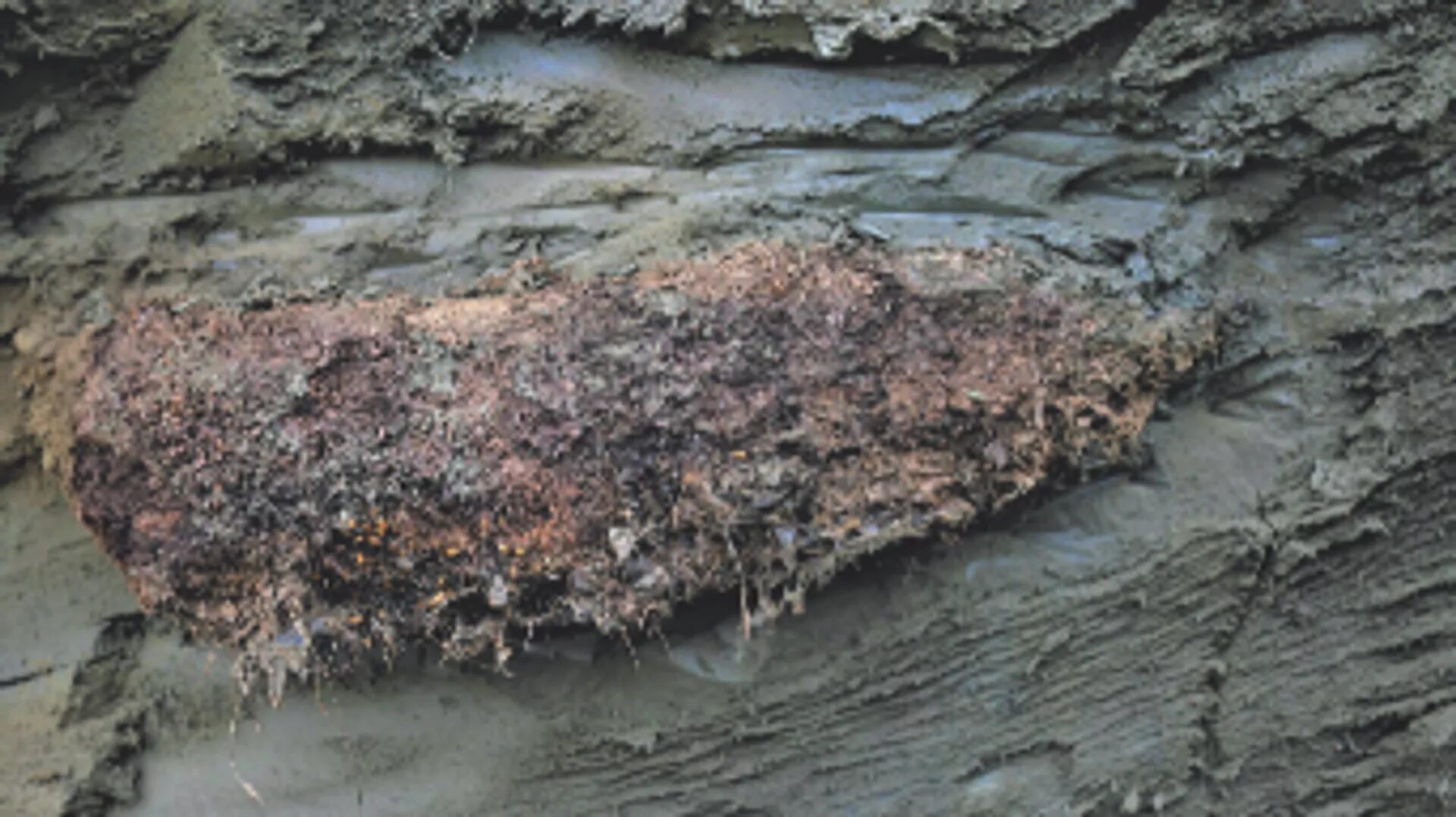

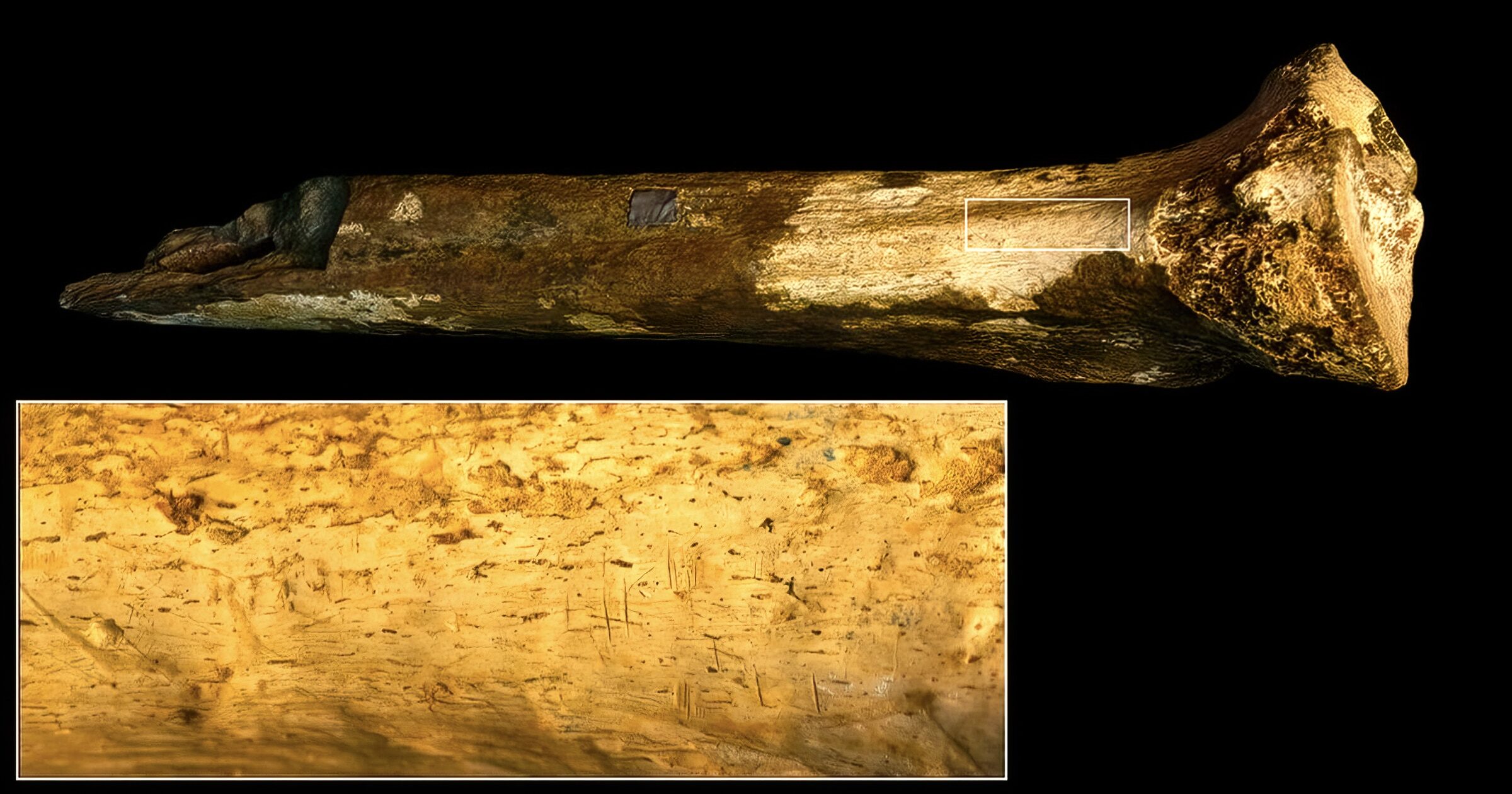
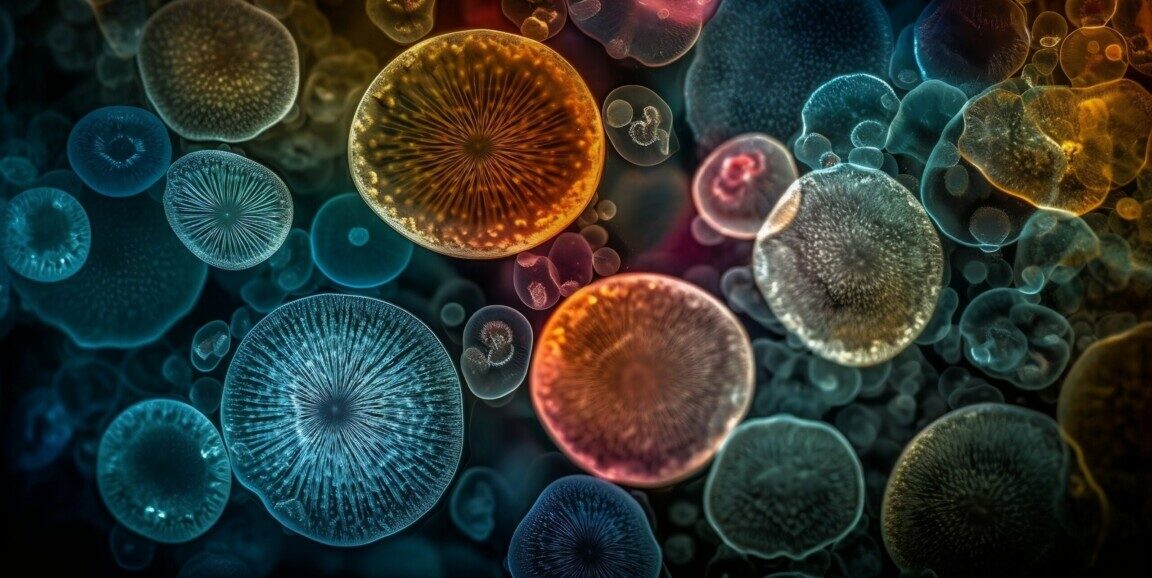
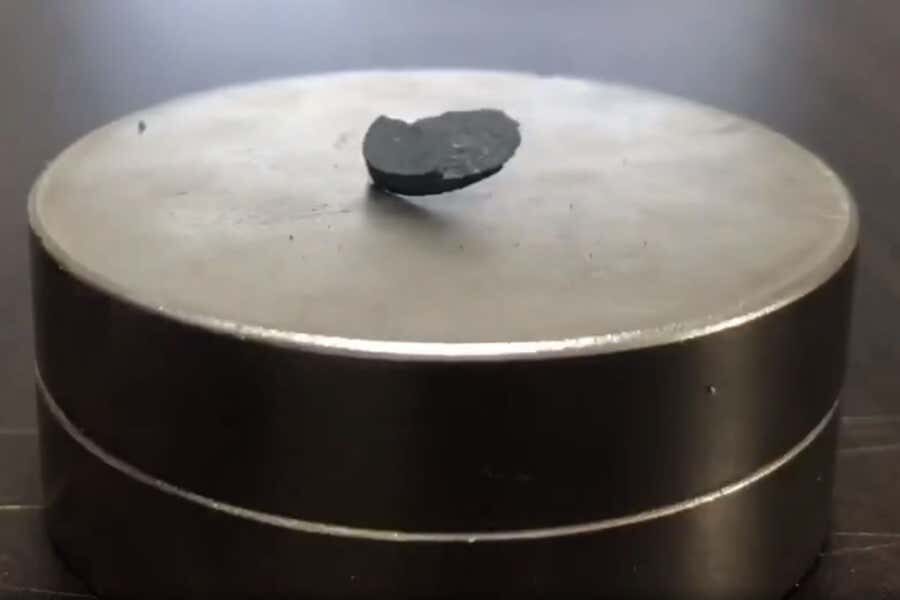
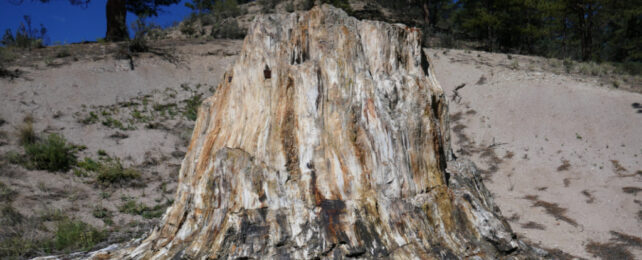
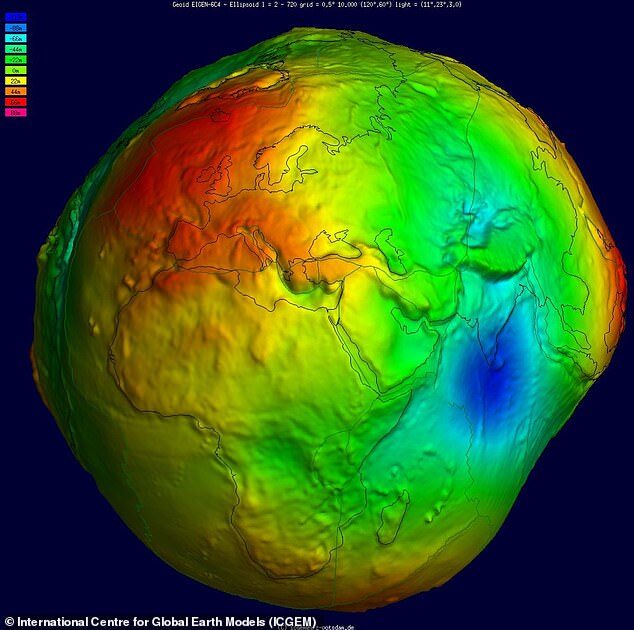

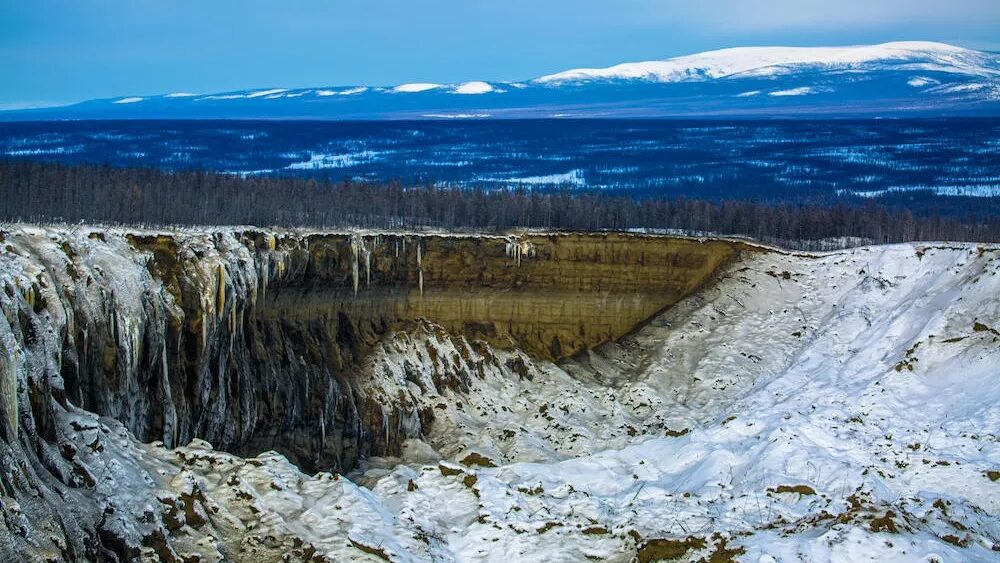



Comment: See also: Of Flash Frozen Mammoths and Cosmic Catastrophes